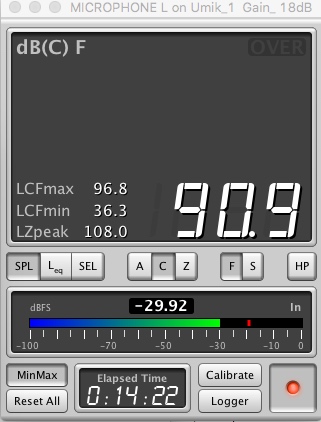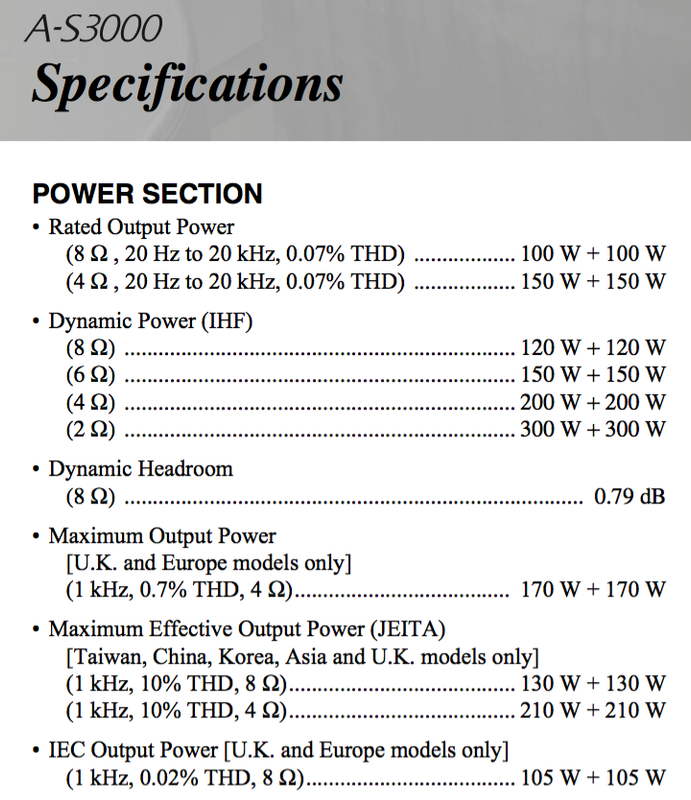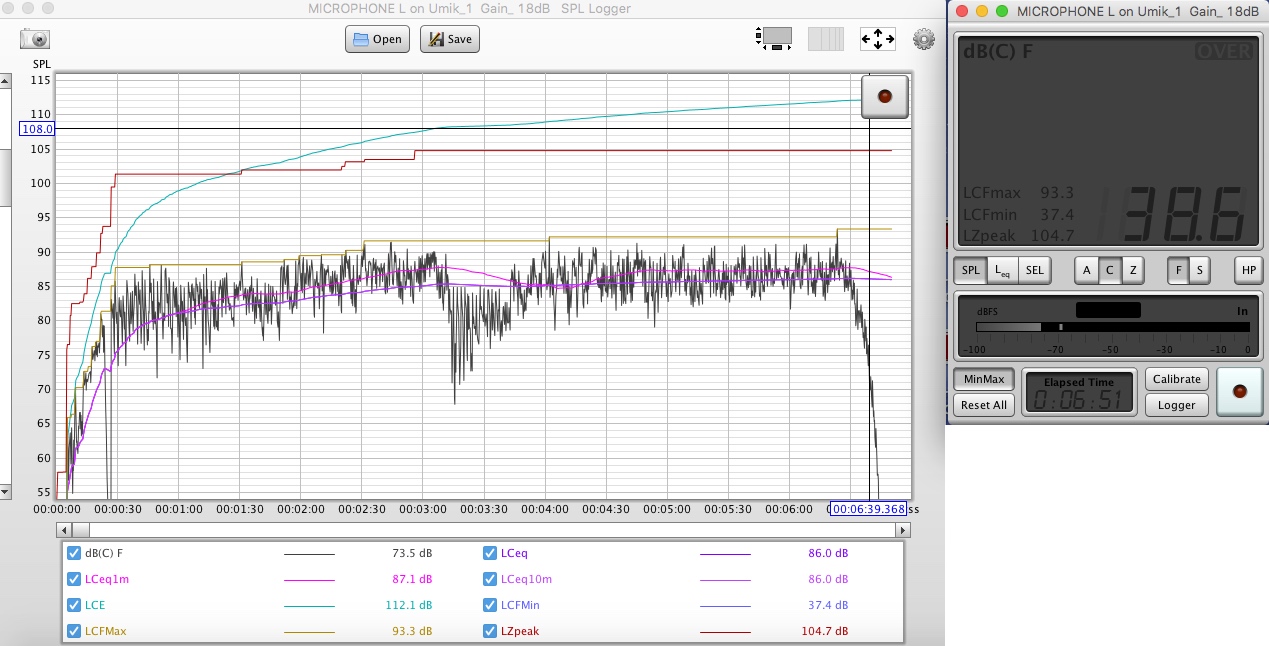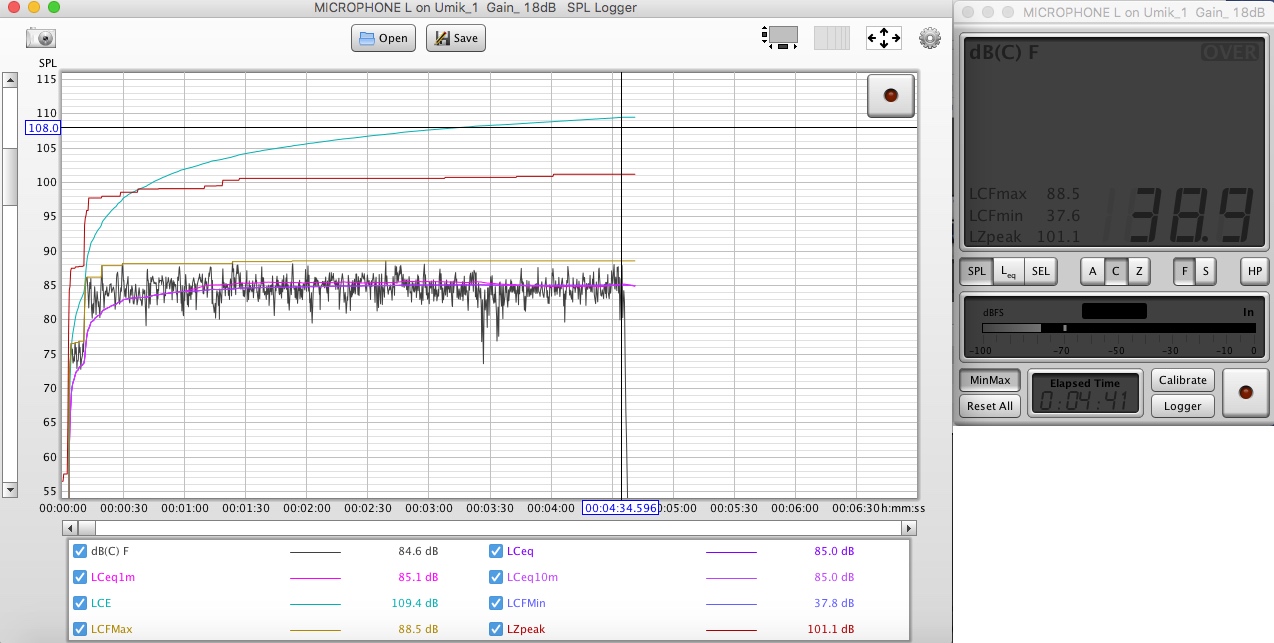Rug Doc
pfm Member
Tony, I’d love you to put on some electronica and report back on how they get on if you’d be so kind. I don’t listen to the typical LS3/5A staple music, but am incredibly interested to hear a pair.. soundstage and layering is hugely important to me, so I think they could do the top end beautifully, I could (would) also add a sub to add bottom end if necessary, but I’d love to hear your view on how they sound with this genre.. even well produced pop please, Daft Punk, that kind of thing.





